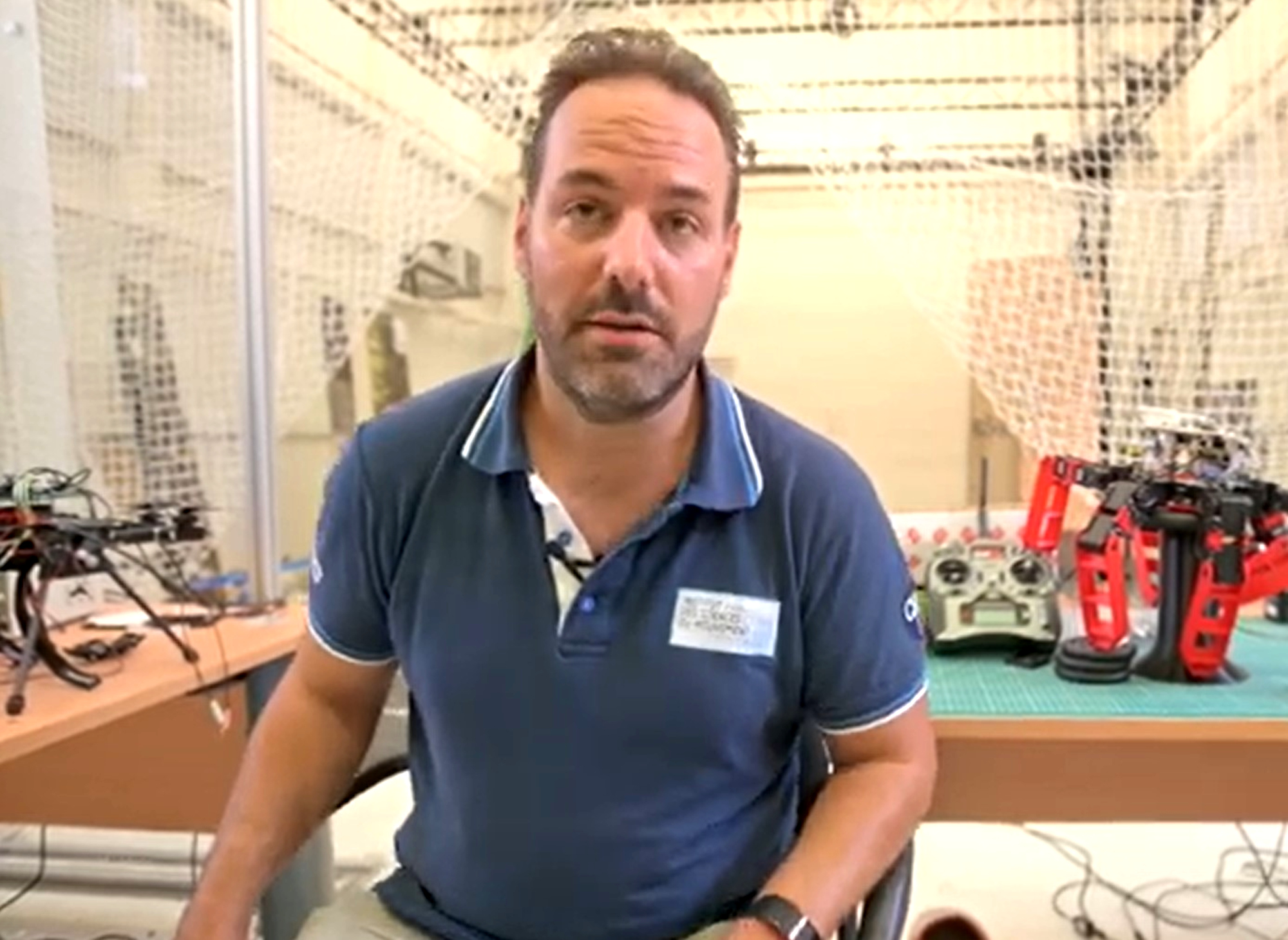A bio-robotics expert who made headlines by sending honeybees through a mirror-panelled tunnel has given an in-depth account of his endeavours.
French researcher Julien R. Serres and his team at Aix-Marseille University built a rectangular 220-centimetre-long (87 inches) tunnel covered in mirrors to find out more about the pollinators’ flying skills.
They recorded the results when different parts of the mirrors were covered up. The scientists determined that the bees were only likely to crash when they flew over the mirrored surface. In this case, the insects began to fly normally but suddenly lost altitude after just 40 centimetres (15 inches) of flight before crashing into the mirror.
Project leader Julien told NewsX: “To study the altitude control of bees, it is necessary to recreate their optical environment. This is why we created the tunnel. The hardest part was to de-correlate the different patches of optical information.”
The Marseille University researcher emphasised: “It was the first time that mirrors were applied on the bottom and the top of a tunnel.”
Julien explained: “Our studies show that all flying insect species have their unique altitude control skills. Each species has specific capabilities in this regard.”
The French scientist previously made headlines for being involved in the construction of a six-legged robot to find out more about desert ants.

Regarding the bee tunnel test series, he told NewsX: “Our upcoming studies will focus on trying to determine how bees combine the various types of information they perceive and how they arrange and select them.
“We also want to know more about their capability of achieving such precise landings on flowers.”
Honeybees can fly as far as 12 kilometres (7.5 miles). However, they usually focus on food sources within a radius of just three kilometres (1.9 miles), according to the Ministry of Agriculture, Food and Fisheries in the Canadian province of British Columbia.
NewsX asked Julien why he finds honeybees fascinating.
He said: “The foraging of bees resembles the numerous delivery activities in today’s megacities. We have to appreciate that bees optimise their navigation without being able to take advantage of technology such as GPS.”
Julien added: “My research will continue to focus on finding out more about bees and insects in general, their navigational system and how they perceive the world.”











